Ensign Peak, Salt Lake City, Utah, USA
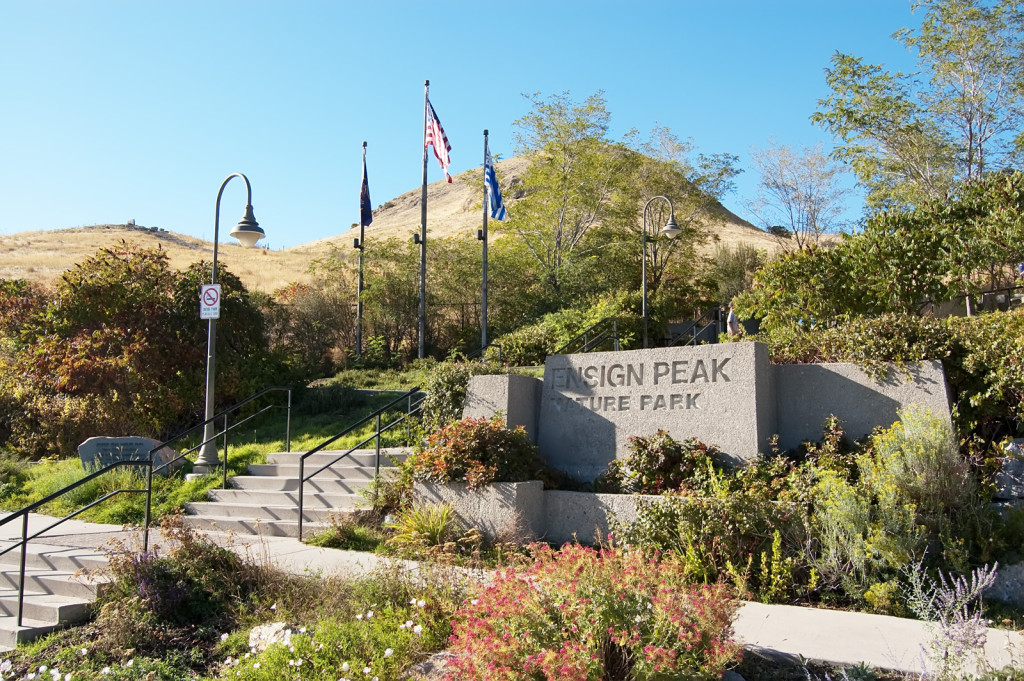
After arriving in the Salt Lake Valley, President Brigham Young and eight others hiked a nearby peak. President Young remarked that it “was a proper place to raise an ensign to the nations” and so it was named Ensign Peak.1 Before leaving Nauvoo, President Young had seen a vision of the Prophet Joseph wherein he was shown the peak and told to “build under the point where the colors fall, and you will prosper and have peace.”2
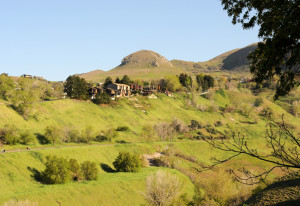
Elder B. H. Roberts reported that since the Church had no temple after arriving in the Salt Lake Valley, Addison Pratt “was taken to the summit of Ensign Peak and given his endowments, that he might return to those islands of the sea in which he had labored, with greater spiritual power.”3
In 1934, an 18-foot monument was placed there by the Salt Lake Ensign Stake Mutual Improvement Associations.4 The monument is comprised of stones collected from stakes along the Mormon Trail.5 The inscriptions of the names of some stakes are still visible today.
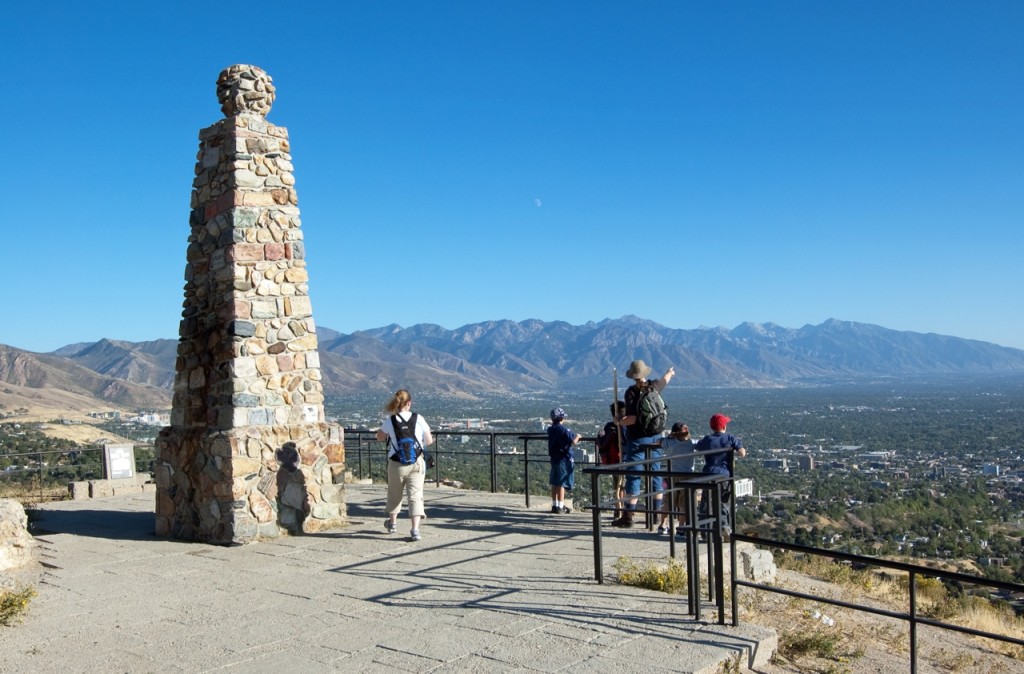
On July 26, 1996, President Gordon B. Hinckley dedicated the Ensign Peak Nature Park which included Ensign Peak and an additional 66 acres surrounding it. President Hinckley dedicated it that it may “be a place of pondering, a place of remembrance, a place of thoughtful gratitude, a place of purposeful resolution.”6 The effort was headed by the Ensign Peak Foundation, who worked closely with Salt Lake City Corporation. The Church of Jesus Christ of Latter-day Saints also constructed a memorial garden near the base of the peak which tells of the peak’s significance and the early pioneers who built up the Salt Lake Valley.
SOURCES
1 Contributor, Volume 1, No. 11, (August 1880), 253.
2 George Albert Smith, Conference Report, (April 1927), 85 – 86.
3 Brigham H. Roberts, Conference Report, (April 1915), 130.
4 “Ensign Peak-Utah’s Own Mount Sinai,” LDS Church News, July 20, 1991.
5 Ibid.
6 “Park at Ensign Peak Dedicated,” LDS Church News, August 3, 1996.
Map & Directions
Hours of Operation : Daylight until dark
Admission: Free
Ownership Status
The Ensign Peak trail and monument are public spaces that can be enjoyed seven days a week. There is no charge.
Photos
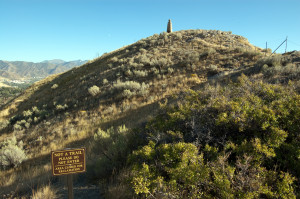
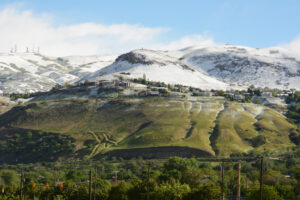
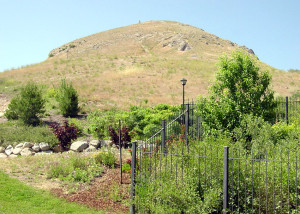
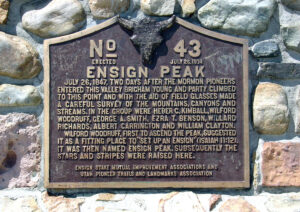
Articles & Resources
President George A. Smith's Account of Ensign Peak
Author(s): George A. Smith
Type: First-person account
Source(s): Journal of Discourses, 26 vols. [London: Latter-day Saints’ Book Depot, 1854-1886], 13: 86.
We look around to-day and behold our city clothed with verdure and beautified with trees and flowers, with streams of water running in almost every direction, and the question is frequently asked, ‘How did you ever find this place?’ I answer, we were led to it by…
B. H. Roberts, “The ‘Mormons’ and the United States Flag,” Improvement Era, November 1921.
D. Michael Quinn, “The Flag of the Kingdom of God,” BYU Studies, 1973.
Ronald W. Walker, “‘A Banner is Unfurled’: Mormonism’s Ensign Peak,” Dialogue, 1993.
Ronald W. Walker, “A Gauge of the Times: Ensign Peak in the Twentieth Century,”  Utah Historical Quarterly, 1994.
Utah Historical Quarterly, 1994.
Ronald W. Walker, “Historic Ensign Peak,”  Pioneer, 1995.
Pioneer, 1995.
